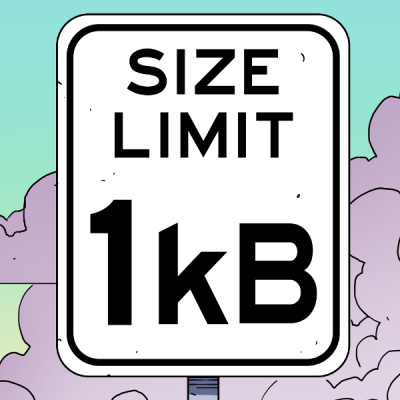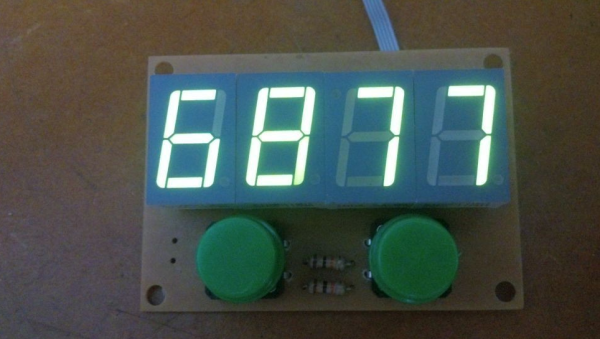Humans historically have worked well with decimal numbering systems. This is probably due to the fact most of us have ten fingers, which make counting in base ten easy. Yet humanity seems to doggedly stick to the odd duodecimal/sexagesimal time system. [Danjovic] is bringing a bit of sanity into the mix with a decimal clock he calls DC-10. He’s entered his clock into our 1 kB Challenge.
DC-10 builds upon C10, the decimal time display system created by [KnivD] on Hackaday.io.
Here’s how it works:
- 1 year = 365.25 days (we can’t change this anyway)
- 1 day = 100 intervals (the equivalent of ‘hours’)
- 1 interval = 100 centivals (equivalent of ‘minutes’)
- 1 centival = 100 ticks (equivalent of ‘seconds’)
- 1 tick = 0.0864 current seconds.
 [Danjovic’s] implantation displays intervals and centivals, exactly what you would need to know the current time of day. He used a Microchip PIC16F628 running from a 4 MHz clock. time is displayed on seven segment LEDs. The PIC is programmed in C, using the classic version of Microchip’s own IDE: MPLAB 8.92. The code uses 297 program words. Since the ‘628 uses 14-bit instructions, that equates to just under 520 bytes. Perfect for the 1 kB challenge!
[Danjovic’s] implantation displays intervals and centivals, exactly what you would need to know the current time of day. He used a Microchip PIC16F628 running from a 4 MHz clock. time is displayed on seven segment LEDs. The PIC is programmed in C, using the classic version of Microchip’s own IDE: MPLAB 8.92. The code uses 297 program words. Since the ‘628 uses 14-bit instructions, that equates to just under 520 bytes. Perfect for the 1 kB challenge!
If you have a cool project in mind, there is still plenty of time to enter the 1 kB Challenge! Deadline is January 5, so check it out and fire up your assemblers!












